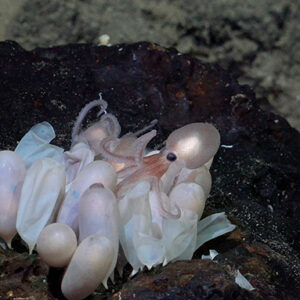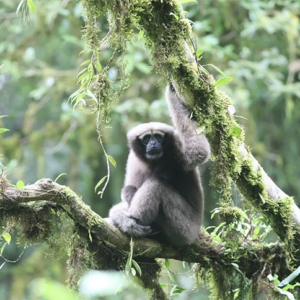Thousands of animals have been displaced from their natural habitats in the past century. In fact, what was such a common sight in some areas years before can no longer be seen now. This is why environmentalists have been working so hard to fix the damages made.
For some countries, there have been victories. The officials from an Australian national park have been taking care of the many creatures that live and thrive there, and recently, they have been witness to something great. An animal that was once deemed extinct for centuries has found its way back.
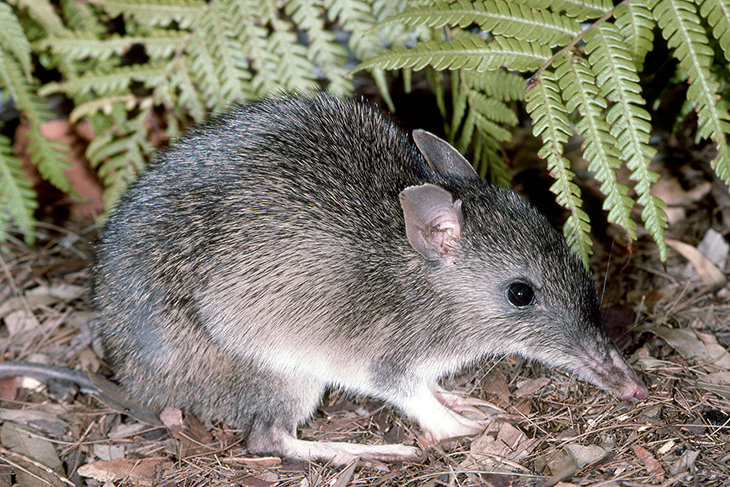
The locally extinct bandicoots have been absent for more than a century. That is, until recently. They have finally come back to an Australian national park in New South Wales after over a hundred years. These bandicoots were considered a nationally threatened species. They were otherwise known by local Aboriginal people as ‘talpero.’ Years ago, they once ranged across inland Australia, including the area now called Sturt National Park.
These marsupials were native to the land, then they disappeared and were declared completely extinct in the region after ecosystem changes took place. Many of them had fallen victims to rabbits and predation by the feral cats and foxes roaming around the area.
Now, a brand new founding population of talpero have been reintroduced to the area by the team working at Wild Deserts. This said reintroduction is considered a major milestone that’s happened in the Wild Deserts conservation project. The same team also had reintroduced bilbies and mulgaras into the national park the previous year.
UNSW’s Dr Rebecca West, an ecologist based at Wild Deserts shared, “The season has been tremendous out here with the rains we had last year and then again in March.” She further said, “These rains have helped create a highly productive system that is excellent for the reintroduction of this species.”
Up until recently, these western barred bandicoots were considered to be part of the five subspecies in the area. But then, the groups have recently been split into five further species. Only the Shark Bay species, the species translocated to Sturt National Park, survived out of all five and the scientists from UNSW are aware of the impact of this important taxonomic task.
This remaining species has now been transferred to two islands and three fenced locations for protection. The Wild Deserts conservation reintroduction came from one of the above-mentioned locations. Their focus is on the self-sustaining population at Arid Recovery near Roxby Downs. They have also been supported by governments.
Many recognize their conservation value, and the Wild Deserts conservation reintroduction is also aware of the important role that this species complex played in the overall ecological function. The bandicoots play a vital role in the restoration of desert ecosystems.
The Wild Deserts team had managed to eradicate every last rabbit, cat, and fox from two 2,000 hectare feral-proof fenced exclosures found within Sturt National Park. This has now been considered as one of the largest feral-animal-free areas in Australia.
These exclosures in the wild serve as ‘training zones.’ This is where reintroduced vulnerable species can learn to thrive in their natural environment without having to face dangers from predators like cats and foxes. Once their populations start to live and thrive, they will be released into a second training area that have predators in it. This is where they will learn to become wise when it comes to dealing with natural predators. The biggest goal is to release a smarter generation of bandicoots and other locally extinct mammals back into the natural environment.
NSW Environment Minister Matt Kean said, “The reintroduction of this important species to the Corner Country in Sturt National Park is another huge step in our battle to halt and reverse the tide of mammal extinctions. Our aim is to re-establish ecosystems as they were before feral cats, foxes and rabbits wreaked havoc on Australian native wildlife.”
Talpero is considered to be the smallest members of the bandicoot family. They are estimated to be the size of a guinea pig. They can be distinguished from other bandicoots by their fawn-colored coat that have pale stripes found across the rump. They are also considered nocturnal marsupials who dig for their food in sandy environments. To find sustenance, they make foraging pits to search for seeds, tubers, insects, and fungi. This process changes the soil and helps it catch water and nutrients, and this contributes to the overall health of the ecosystem.
To date, the Wild Deserts team of experts has introduced 10 talpero as a founding population. Of course, they still hope to add more members to the family not too long after. Dr. West shared, “If they keep doing as well as they are, then I think we will be able to add some more characters to the mix. Hopefully that will re-establish bandicoots back into Sturt National Park into the future.”
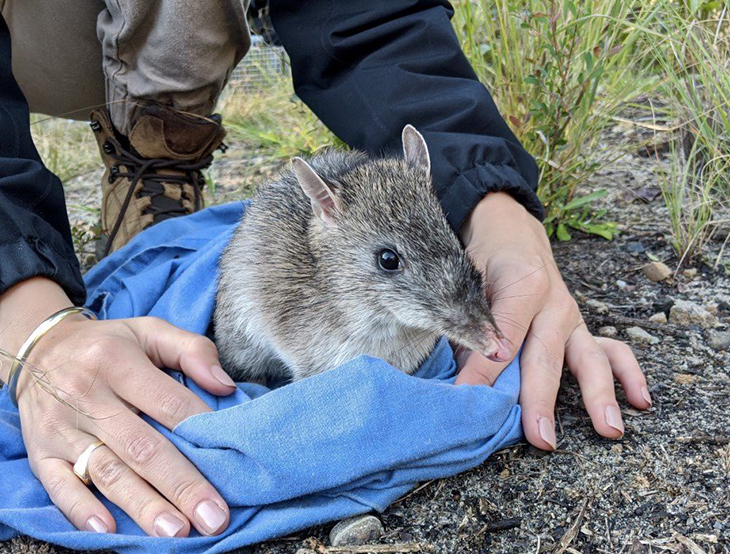
A Recovering Ecosystem
The founding talpero population are from Arid Recovery. They are an independent non-profit conservation and research project that oversees a large feral-free safe haven found near Roxby Downs area in South Australia. The marsupials they had released into Wild Deserts’ southern exclosure, called ‘Mingku,’ a place named after the word which means happy in the Maljangapa language. The talpero joined two other recently reintroduced species in the ecosystem, which are the bilbies and mulgaras.
“This is an important step in restoring this desert ecosystem,” shared Professor Richard Kingsford. He is the head of the Wild Deserts project and the director of the UNSW Centre for Ecosystem Science. He also said, “We are already starting to see the beginnings of a transformation occurring in the landscape. The soil is starting to turn over, which gives great opportunities for lots of little invertebrates and catches water and nutrients. We think that’s part of how we can transform these deserts back into what they were.”
Dr John Read from Ecological Horizons, a major partner of the Wild Deserts project explained, “These energetic little diggers at Wild Deserts are important culturally, historically and ecologically and will be great for restoring the desert.” The Wild Deserts scientists will oversee the wellbeing of the animals on a daily basis. To help them with this task, they will make use of radio tracking devices to make sure that every species is adapting properly to their new home.
“We have deliberately designed the Wild Deserts project to allow us opportunities for scientific monitoring to assess our management and the success of the species,” said UNSW’s Dr. Reece Pedler, the Wild Deserts project coordinator, in a statement recently made.
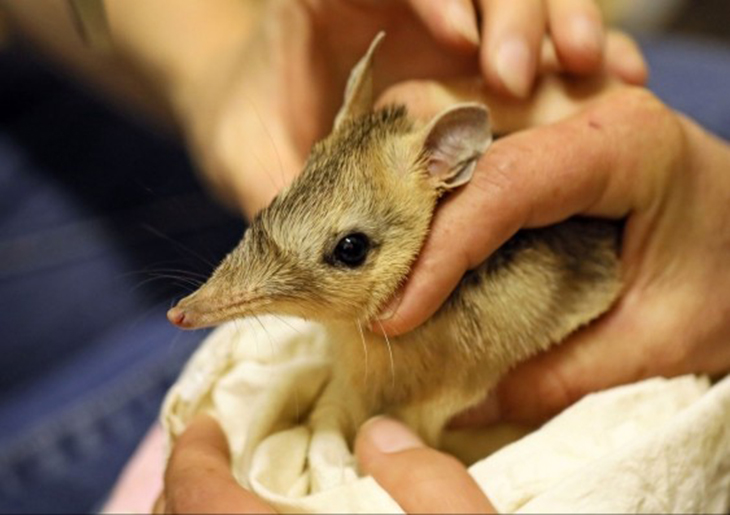
“We hope to establish talpero in other parts of the Wild Deserts site—and ultimately into neighboring areas of Sturt National Park or beyond. We have already recorded recruitment of young that were translocated in pouch and other young that were born at Wild Deserts,” shared the doctor.
For those unfamiliar with Wild Deserts, they are a part of a major NSW Government initiative formed to protect threatened native mammals via the Reintroduction of Locally Extinct Mammals project and the Saving our Species initiative. For the next project, the team plan to reintroduce other threatened mammals into the Wild Deserts exclosures. Included in the list are western quolls, stick-nest rats, and golden bandicoots.
What are your thoughts? Please comment below and share this news!
True Activist / Report a typo
